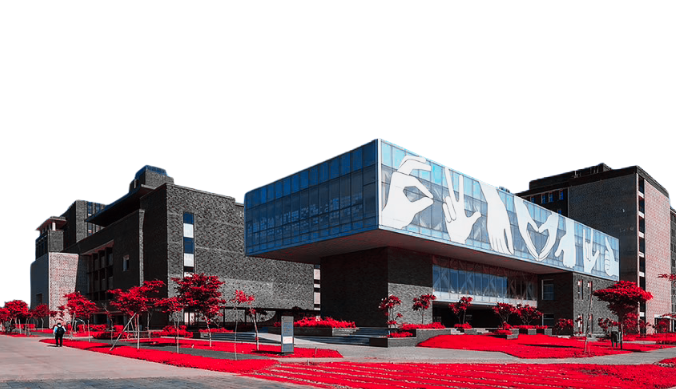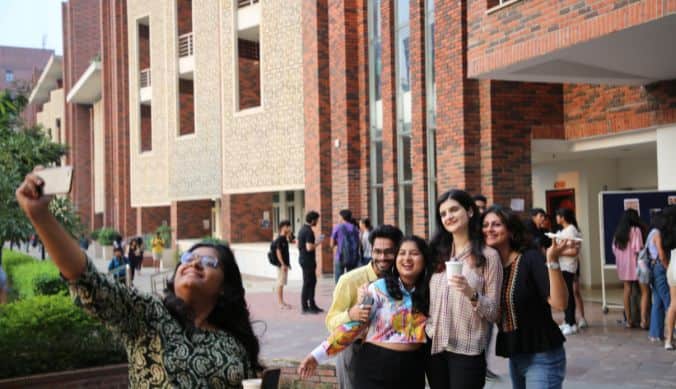Dynamics of technology, livelihood, and environment: A visit to Dhobi Ghats in Delhi
The students of the Science, Society, and Environment course joined the visit to Dhobi Ghats near Lodhi Road and Loha Pul.
What happens to traditional livelihoods like dhobi ghats in the making of world-class cities? How same source of livelihood is impacted by technological adoption or the lack thereof in different parts of the same city? To have a glance at the dynamics of technology, livelihood, and the environment, the Department of Environmental Studies of Ashoka University organised a field visit to Dhobi Ghats in Delhi on 23rd September 2023. The students of the Science, Society, and Environment course joined the visit to Dhobi Ghats near Lodhi Road and Loha Pul. Our resource person Mariam Fatima has been helpful in providing an overall context of the topic.
At Lodhi Road Dhobi Ghat, which was built with government support, the students interacted with the Pradhan and older dhobis, listened to their stories of a lifetime, and witnessed how three different types of washing technologies co-exist in the vicinity: the traditional method, semi-automatic method, and automatic machines. The dhobis discussed the overall changes in technologies and practices from marking customer names on clothes to ironing with mechanical suction support. The students noticed the class variations within the same community and the changes in the gendered roles that occurred with the adoption of new technologies.
The visit to Loha Pul Dhobi Ghat provided a contrasting view of the Dhobi Ghats and its intricate connection with the river Yamuna for the survival of a livelihood. Students gathered glimpses of the lives around ‘unrecognized’ dhobi ghats, the dynamics of their dependence on the river for their livelihood, and their perceptions of the pollution of River Yamuna. The Dhobi Ghats in these two sites helped the students to have a nuanced understanding of Dhobi Ghats in Delhi.


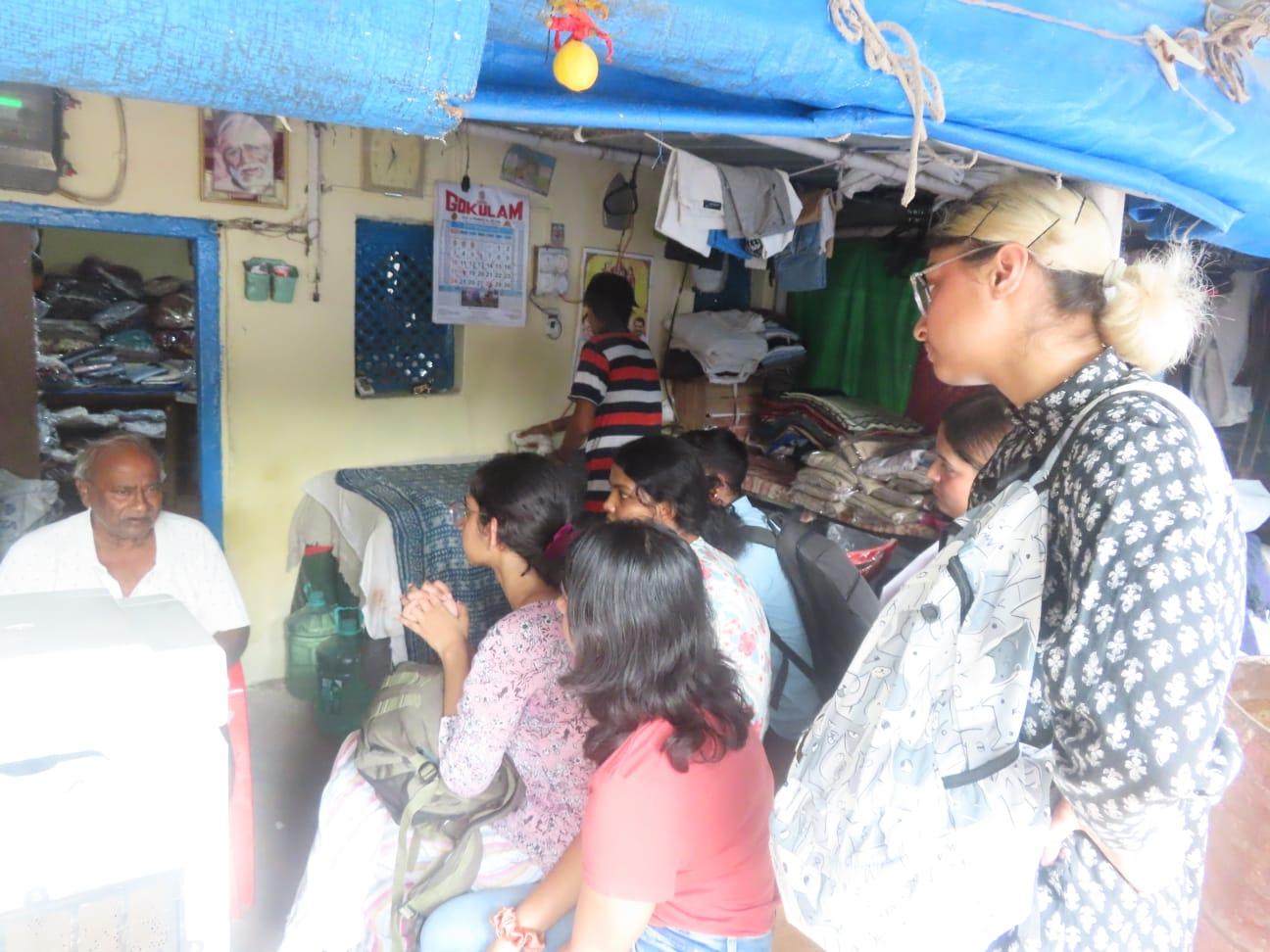






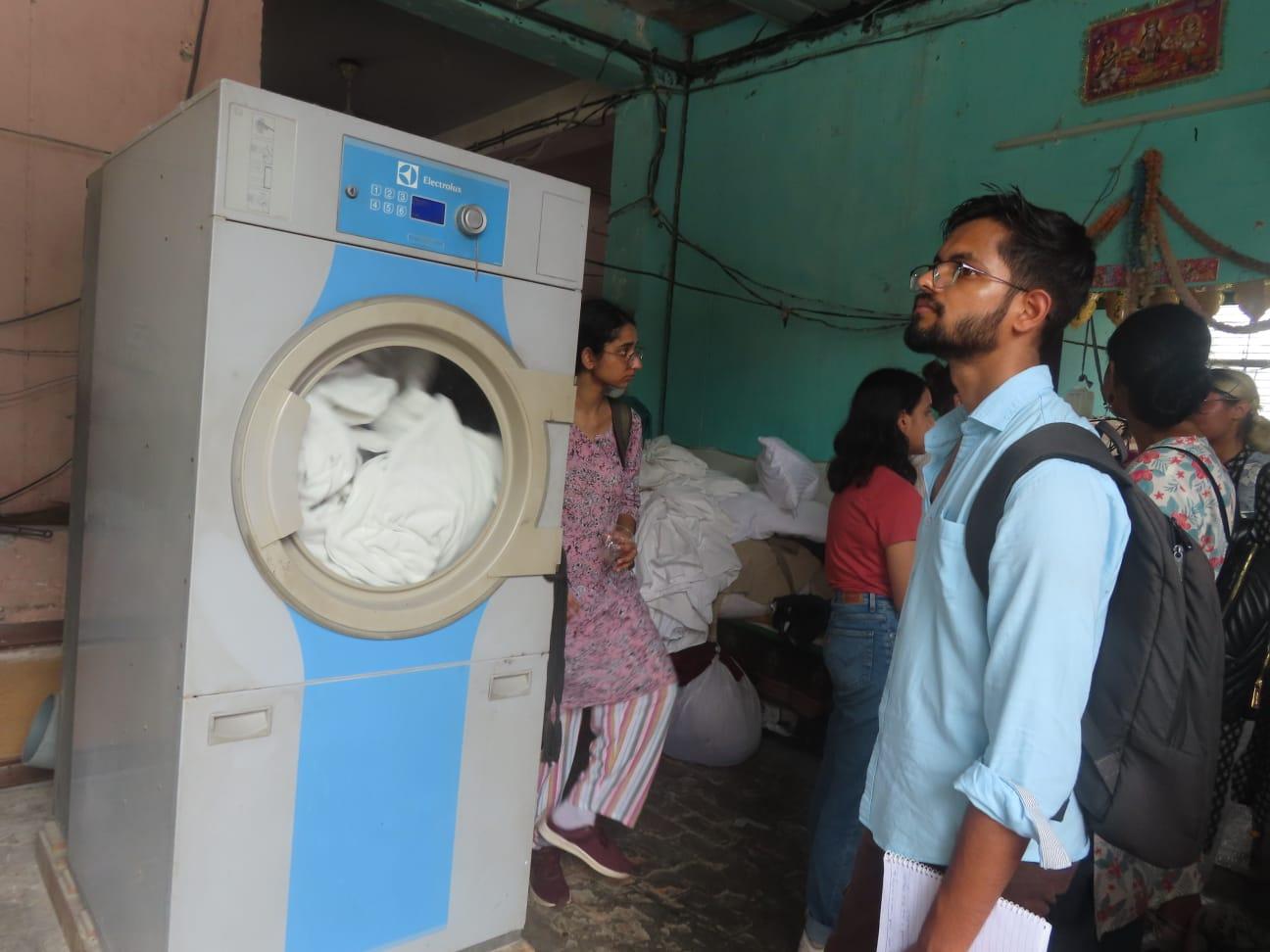

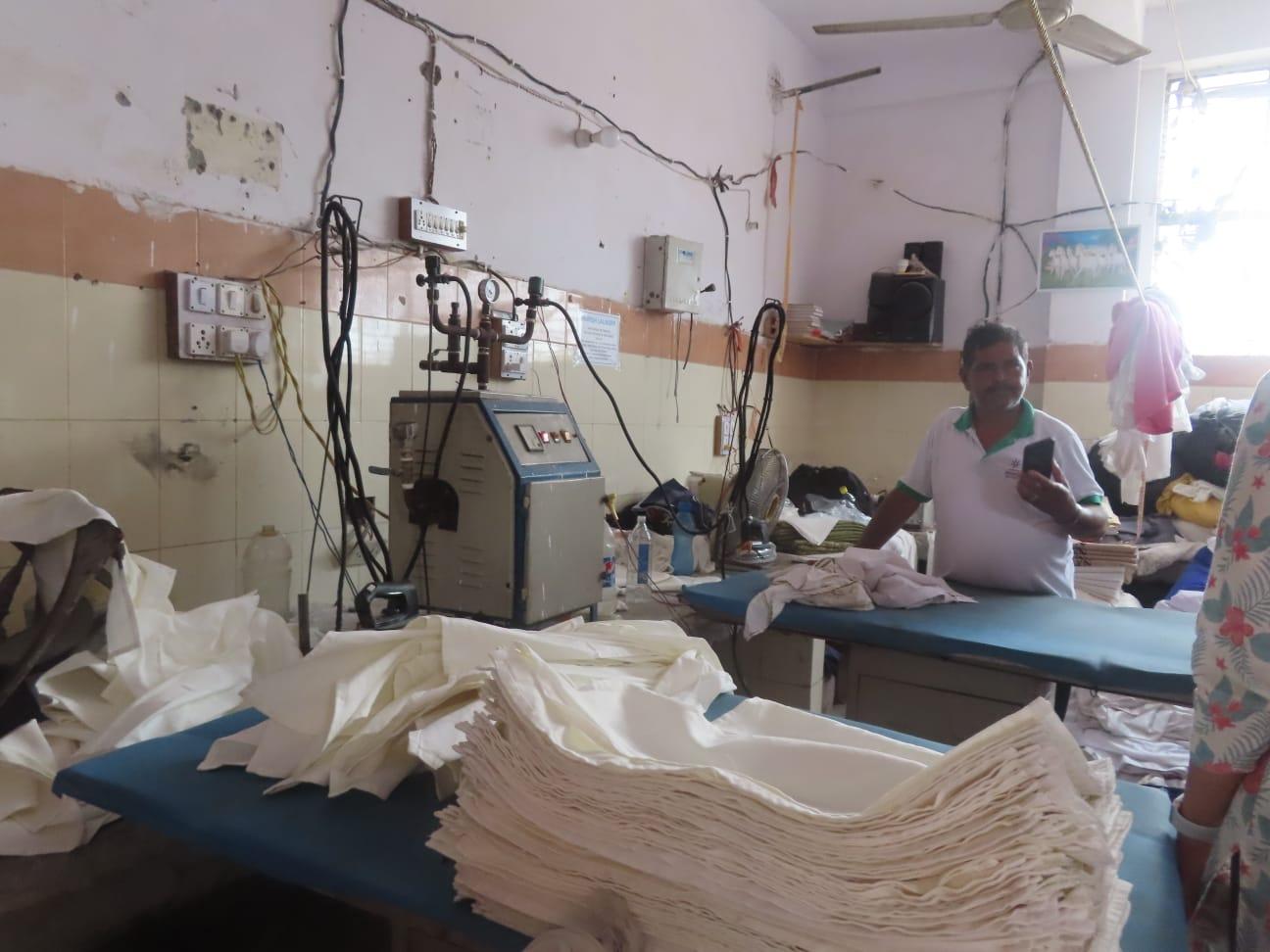

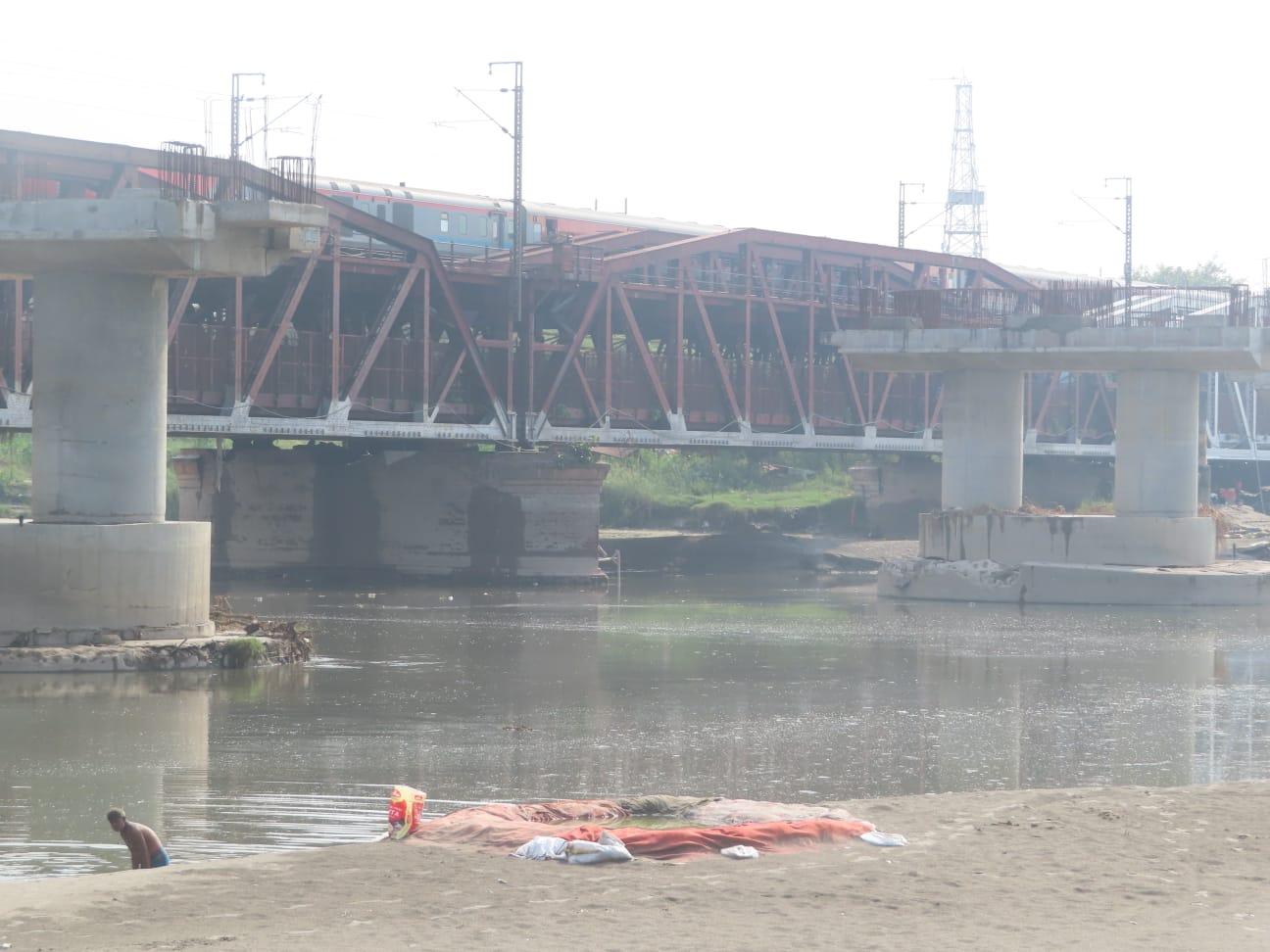
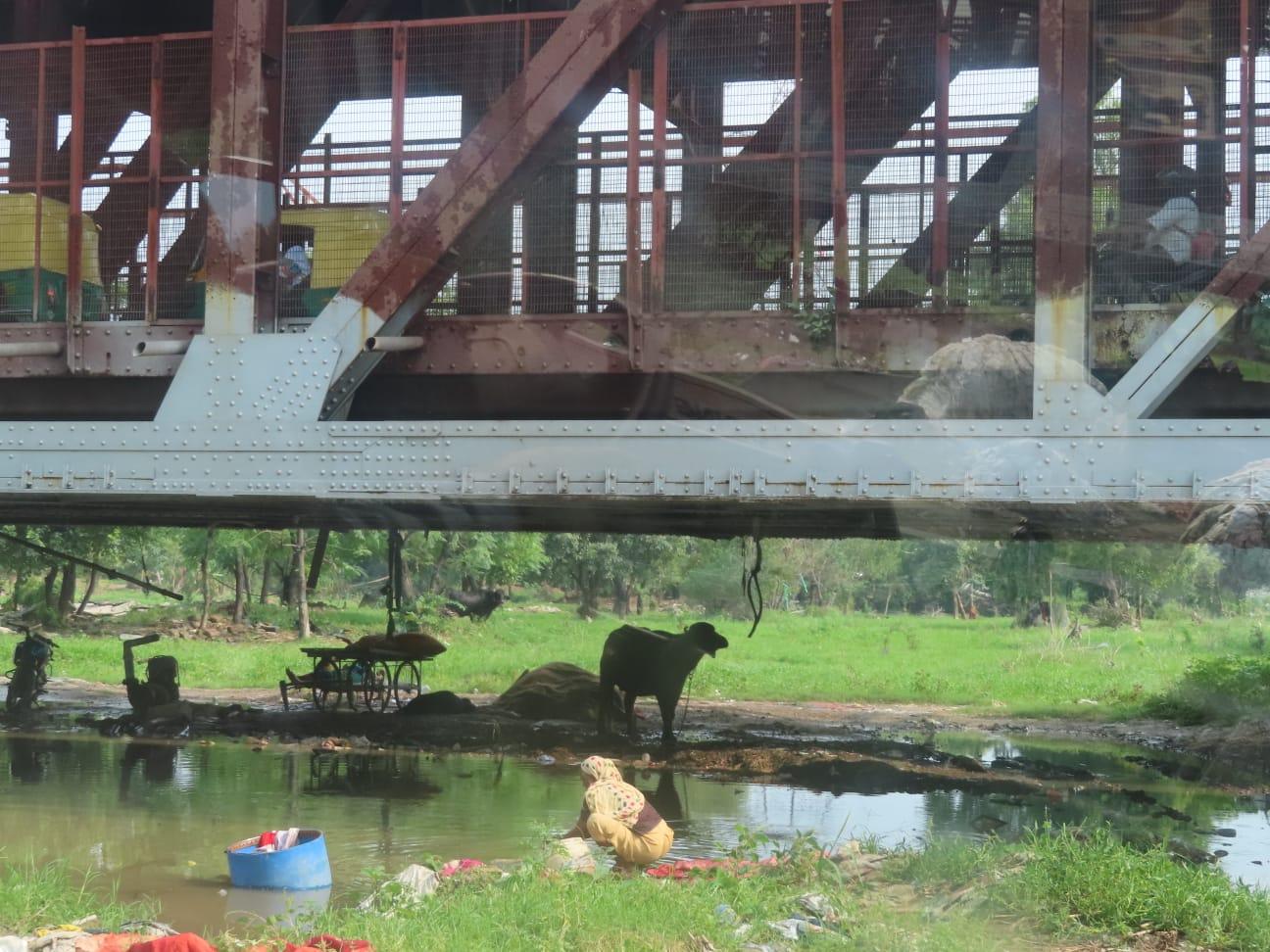
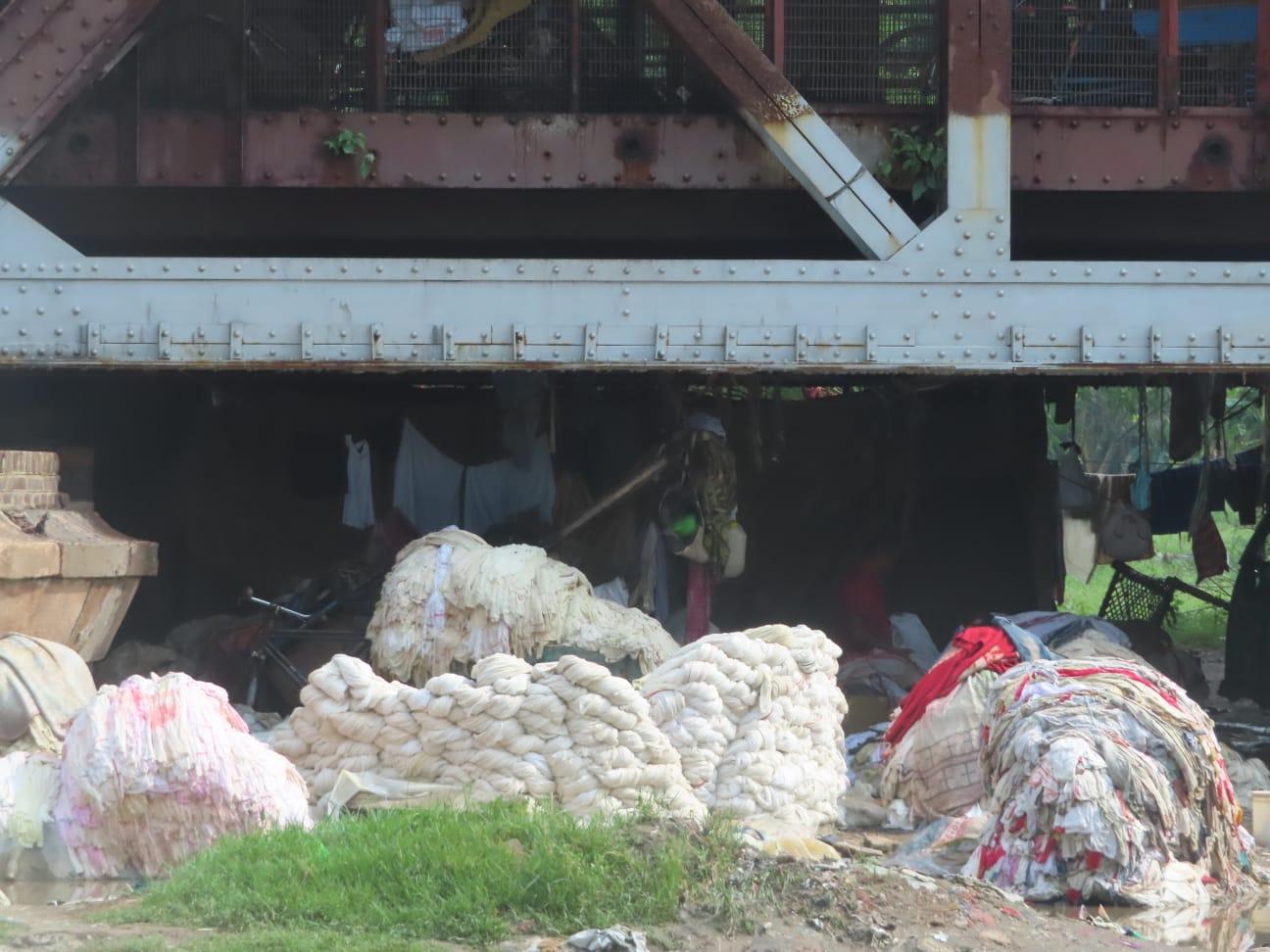
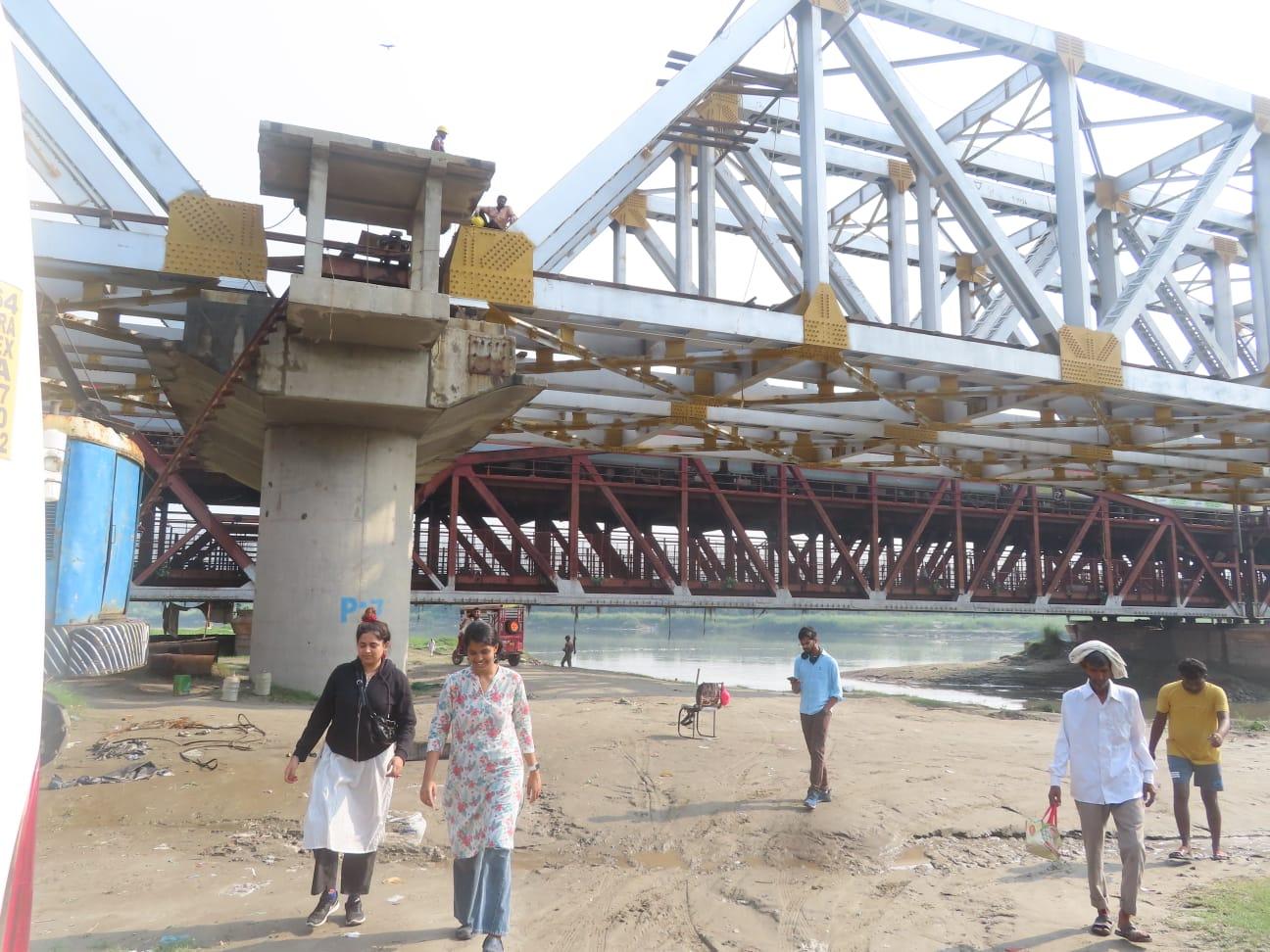
Study at Ashoka










